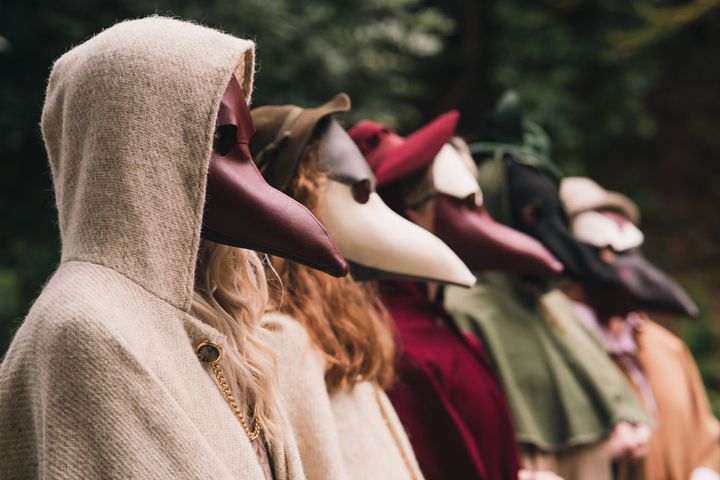The mother orca nudges her dead calf with her snout, draping it over her head, and gripping its tiny fin with her teeth, to stave off the inevitable. Just as she did in 2018 - when she spent 17 days carrying another dead calf - the mother orca is clinging to the carcass for as long as possible, before the Puget Sound waves sweep it away. "It's so much harder to see now that she has lost another one," said Brad Hanson, a research scientist at the Northwest Fisheries Science Centre in Seattle.
Hanson said Thursday that he did not know why the female calf, who lived for a few days during the last weeks of Dec, had died. The mother, one of only a few dozen of its type of orca, was seen carrying the dead female calf Wednesday, though might have been doing so for longer. In 2018, the deep mourning of this orca, identified by researchers as J35 and also known as Tahlequah , became a symbol of the plight of the Southern Resident whales.
While orcas sometimes show their grief in similar fashion, scientists considered the time period of Tahlequah's journey, which covered about 1,000 miles (1609km), an outlier. Tahlequah, who is about 25 years old, went on to have another calf in 2020, her second son, which she is still caring for. She birthed another calf in 2010.
Tahlequah is using much of her energy to cling to the dead calf, which weighs about 136kg, and she is unable to forage for food, scientists said Thursday. They said that her closely knit pod was supporting her. Other female o.



















